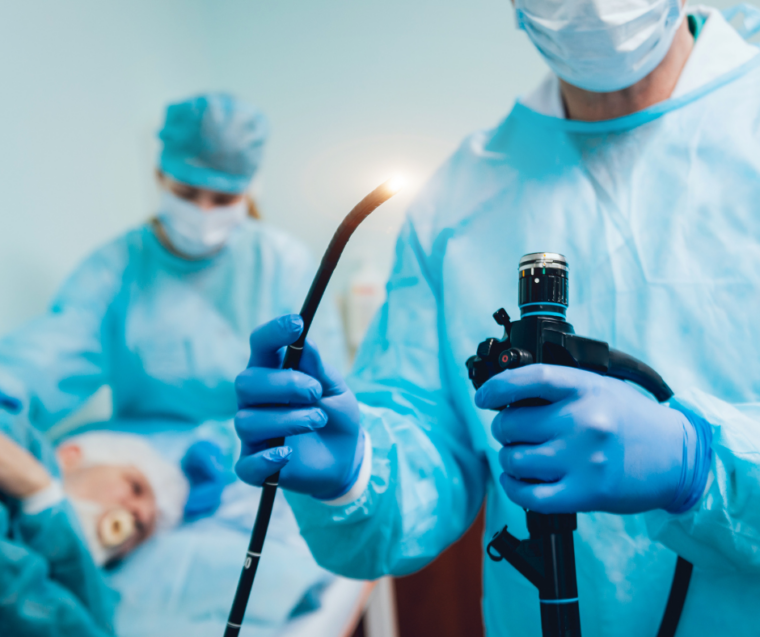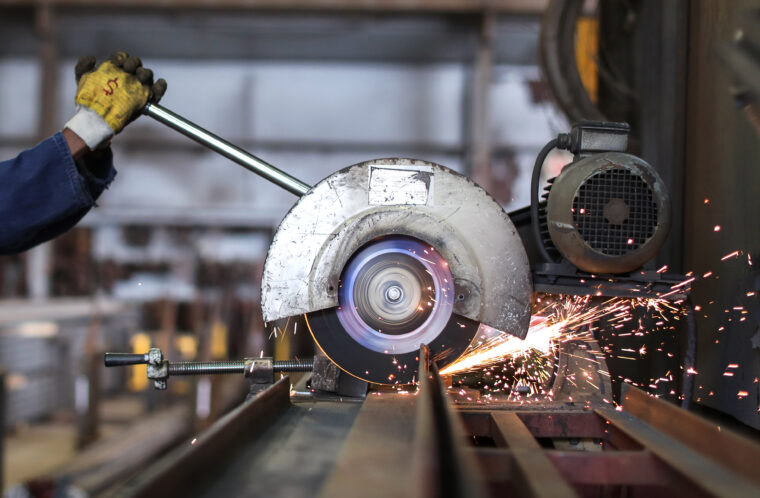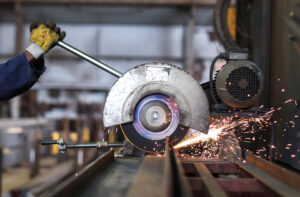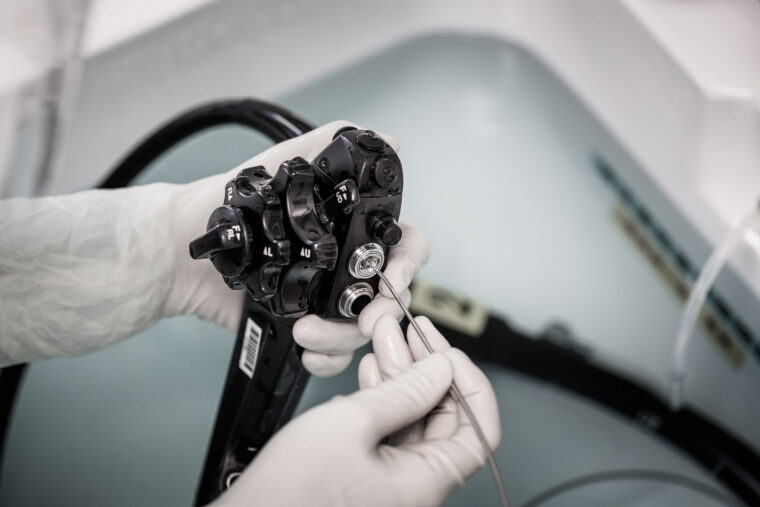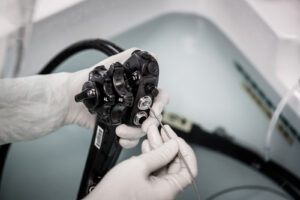Cost and quality are two concerns that often seem to be at odds with each other when it’s time to select a product or service. When it comes to their storage needs, healthcare facilities and organizations want the best product they can get for the price that’s right for them. Much is at stake beyond finances: patient and provider safety, infection control, environmental impact, and much more. Other factors might include functionality, durability, versatility, style, convenience, accessibility, security, and space.
With so many issues to consider, healthcare entities will differ widely on which bins, cabinets, carts, shelves and other storage equipment are best for a given use. Regardless of your needs, attention to these eight guidelines will help you make informed choices that balance cost and quality.
1 | DO your homework.
Market research and in-house consultation will help you define the needs of your department, facility or organization; pinpoint the available options; and determine what you can afford. What designs, materials, features and ergonomics best meet your requirements? Your previous experiences with a given vendor or product line should factor into your current deliberations. Consider the short- and long-term costs of the equipment—a cheaper option that demands frequent replacing or servicing might not be the bargain you hoped for, especially if it affects the safety of patients or staff. Explore whether it makes more sense to purchase a standard, “off the shelf” product or one customized to your specific needs; a custom solution will cost more, but it might easily pay for itself with features that enable better efficiencies.
2 | know your current inventory.
After something breaks or otherwise becomes unusable is not the ideal time to start looking for a replacement. By staying informed on the condition of this equipment, you can prepare for the inevitable wear and tear, obsolescence, and unexpected occurrences so that you are not caught off guard, left without and in a desperate situation.
3 | involve key stakeholders.
Consult with those on the front lines who will actually be using the products. In addition to ensuring that you’re weighing all the relevant factors, they can help you strengthen your case for approval of the needed purchases. Stakeholders may include physicians, nurses, administrators, the board of directors, the purchasing department, accounting and financial departments, and others. They may also include other departments whose requests may either align or conflict with yours. Are these other departments facing challenges similar to yours—and how have they dealt with those challenges? A unified front in the face of a shared difficulty can help everyone involved.
4 | make sure the timing is right.
Timing is everything when it comes to budgets. Plan ahead for your needs so you don’t get stuck playing the waiting game while your needs grow increasingly urgent. Wisely spend the money you’ve been allocated for the current year to avoid losing it, and have a backup plan for how to use that money in case you can’t get your first option.
5 | anticipate objections.
Healthcare organizations are often strapped financially, forcing decision makers to make hard choices. How well can you demonstrate that approval of your request will provide long-term value and sufficient return on investment? Is it compatible with other equipment both within your department and across the organization? What kind of training, technical support and maintenance will be required? Is there a more affordable alternative that will serve the same purpose? And why is this acquisition necessary now? By thinking like the people who hold the purse strings, and asking yourself such questions now, you can be prepared to address potential obstacles to getting what you need.
6 | develop relationships with trustworthy partners.
Look for vendors that have proven track records and that promptly respond to your needs and questions. Do your vendors offer a range of product and service options? Are they willing to work with you to determine the best solutions for your organization and its budget? Does their customer service extend beyond the sale? Do they offer related services such as installation, planning and design, and project management?
7 | keep the patient at the forefront.
More than ever before, the patient experience is at the forefront of healthcare. Your ability to demonstrate to the numbers-crunchers that a given acquisition will improve patient outcomes and experiences can be invaluable to the approval of a given request.
Storage Systems Unlimited offers an array of storage-related products, including bins and panels, cabinets, carts, high-density storage systems, infection prevention, lockers, material handling and shelving. We represent leading manufacturers including Akro-Mils, Blickman, Bowman, Capsa Healthcare, Detecto, Harloff, Metro, InnerSpace, Jeter, Lakeside, LogiQuip, Mass, Pedigo, Pipp Mobile Storage Systems, Quantum Storage Systems, Simplifi, Staxi, TouchPoint Medical, Wanzl and Waterloo Healthcare Medical Carts. Many products are available in varying configurations to fit your budget, with or without a range of accessories.
We also offer installation, planning and design, and project management, making us your one-stop shop for all your storage needs, whether for new construction, remodel, expansion or one-off purchasing, anywhere in the U.S.
Storage Systems Unlimited is a contracted vendor with the following group purchasing organizations: Healthtrust, Vizient, Champs Group Purchasing, HRS (Health Resource Services), PDM Healthcare, Magnet Group and Capstone Health Alliance.


